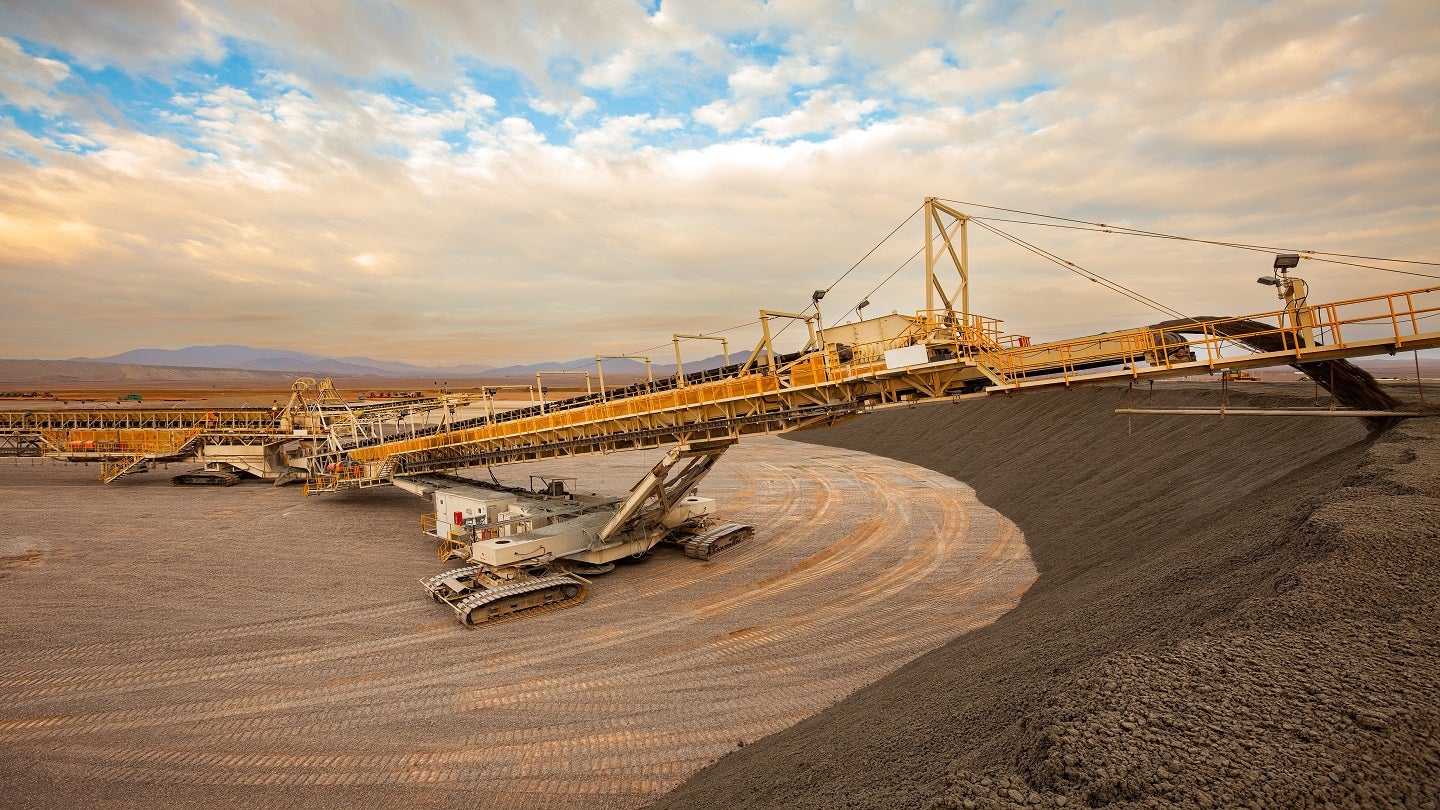
Throughout the first seven months of 2024, 16.2% of global smelter capacity was inactive, according to the latest data from Earth-i’s SAVANT Global Copper Monitoring Index. In the same period last year, only 13.9% of capacity was inactive.
In July, the index averaged 17.1%, down from almost 20% in June. China was a large driver of the rise in activity; smelter inactivity was 9.9% at the end of July, compared with 12.4% in the middle of the month. Towards the back end of July smelters came back online after maintenance closures. Throughout July, inactivity outside China did not vary much.
In a press release, Earth-i noted that several smelters have restarted in China in recent weeks, including the 220,000-tonne per year Chifeng Jintong facility, which resumed in July after a planned one-month closure. The Fubang plant also came back online after a three-month closure, but the Baotou, Wuxin and Kunming facilities remain long-term inactive.
According to Earth-i, Kunming could be replaced by a new plant later this month, but there is no hard evidence to support this proposition.
Aurbis’s smelter has come back online in Hamburg, Germany, while inactivity continues at Samsun in Turkey, Tsumeb in Namibia and Isabel Leyte in the Philippines.
Earth-i said that two major producers plan to curb their output in 2025, causing persistent tightness in the copper concentrate market.
Copper is a vital metal in the energy transition, having multiple applications from cabling and components to motors and electric vehicle batteries. Global supply will therefore have to ramp up extensively to meet demand over the next decade.
However, the industry took a hit at the end of last year when First Quantum was forced to shut its large mine in Panama following protests over its environmental impacts.
The closure of one of the world’s bigger copper mines has stunted global production.
Referring to the tight market, Dave Kurtz, director of mining and construction at GlobalData, Mining Technology’s parent company, said: “Under the Net Zero Scenario, the IEA forecasts that demand for copper could reach 39 million tonnes per annum (mtpa) by 2040, with at least 19.6mtpa being driven by clean energy. This means more than 13mtpa of supply will need to be found between 2023 and 2040 to fulfil the requirements of this scenario.”



